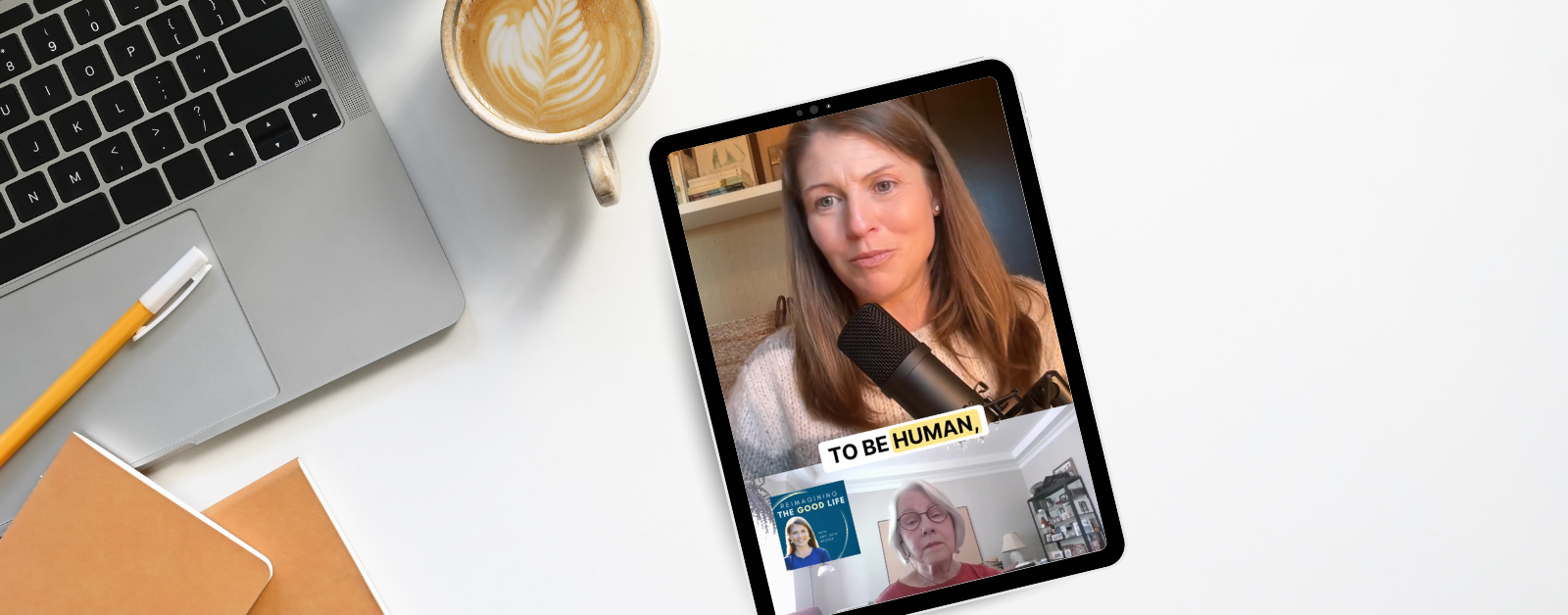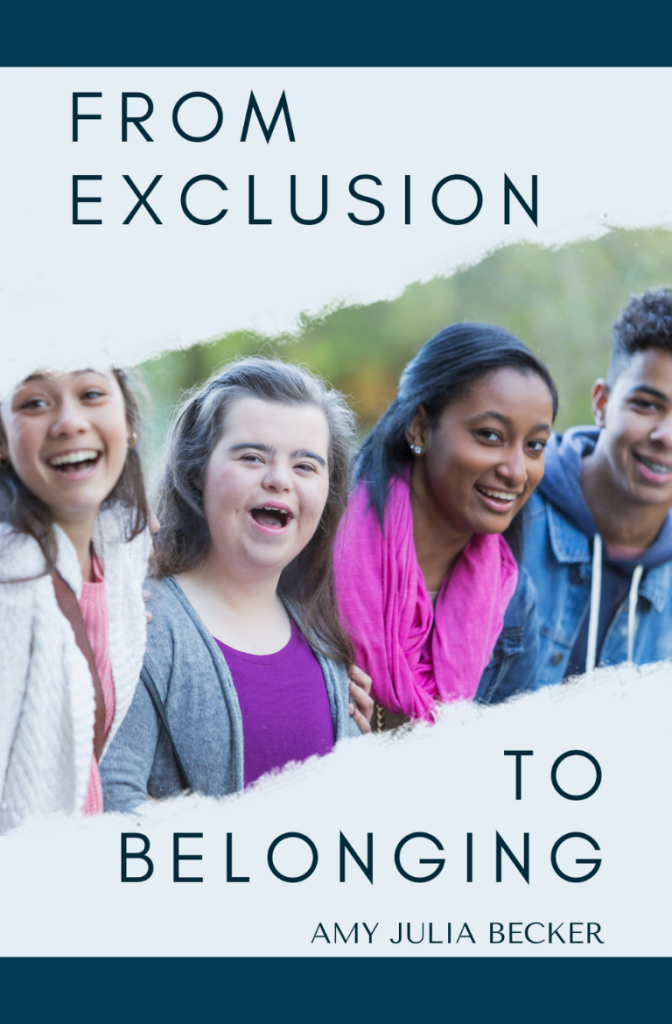I’ve written a lot from the perspective of a white, affluent, educated, able-bodied, married woman about the ways in which my demographic group has rates of anxiety and depression. Similarly, studies put high-achieving high school kids, like I was as a teenager, into a high-risk group that also includes kids who experience major, traumatic situations, such as being in the foster care system or having parents in prison.
What we hold up as the good life—for ourselves, for our children, for our teenagers—is actually often a mirage in our culture.
I think a significance of the encounter with disability—whether that’s in our own bodies or in those that we love and hold and behold—is that there is this complication in a beautiful way of what it means to be human, what it means to flourish, what it means to have a good life.
These were some of my thoughts as I asked Rosemarie Garland-Thomson how she understands the good life and why that good life is possible for us in all our human variations.
You’re going to want to listen, share, and take notes on this episode. Find it wherever you get your podcasts: S8 E6 A Life Worth Living? Reimagining Life, Choice, and Disability with Rosemarie Garland-Thomson, PhD
Let’s stay in touch. Subscribe to my newsletter to receive regular updates and reflections. Follow me on Facebook, Instagram, and YouTube and subscribe to my Reimagining the Good Life podcast.



